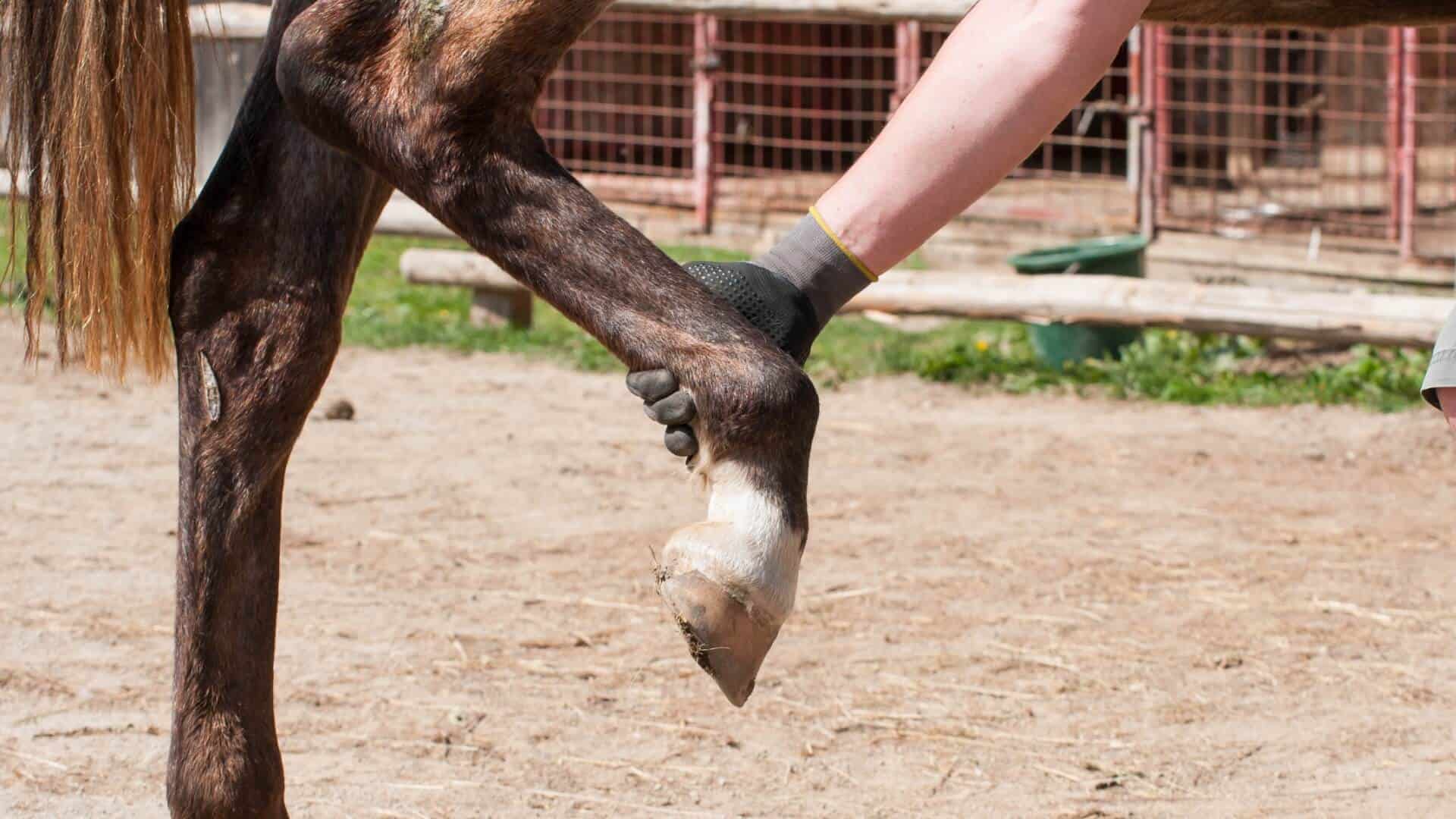April 22, 2025
Why Fetlock Health is Critical for Your Horse’s Performance
When it comes to your horse’s athletic performance and overall well-being, few areas deserve more attention than the fetlock joint. Helping fetlock issues in horses isn’t just about addressing problems as they arise — it’s about understanding the critical nature of this joint and taking proactive steps to protect it.
The fetlock serves as your horse’s primary shock absorber during movement—a hinge-like joint connecting the cannon bone to the pastern. With every stride, this remarkable joint absorbs tremendous forces, especially during jumping, racing, or even just an enthusiastic gallop across.
If you notice swelling, heat, lameness, or any change in your horse’s movement, don’t wait. Early intervention can be the difference between a brief recovery and a career-ending injury. At Gladiator Equine, we understand the challenges of managing fetlock issues.
Our non-invasive therapy devices enhance circulation, reduce inflammation, and promote healing—all without the need for medications or invasive procedures. Using our patented ceramic technology, you can provide your horse with gentle yet effective therapy that works in harmony with its body’s natural healing processes.
Fetlock Anatomy, Injuries & Early Warning Signs
The fetlock joint, also known as the metacarpophalangeal (front legs) or metatarsophalangeal (hind legs) joint, is essentially the horse’s ankle. It’s a high-motion joint that undergoes significant compression and force absorption with every stride your horse takes.
This remarkable structure consists of:
- Bones: The cannon bone (third metacarpal/metatarsal), the long pastern bone (first phalanx), and two small sesamoid bones positioned at the back of the joint
- Ligaments: Collateral ligaments on either side of the joint, suspensory ligament branches that attach to the sesamoid bones, and the distal sesamoidean ligaments
- Tendons: The superficial digital flexor tendon (SDFT) and deep digital flexor tendon (DDFT) that run behind the joint, and the extensor tendon in front
- Joint capsule: A synovial membrane that produces joint fluid for lubrication and cartilage nutrition
When a horse is in motion, especially at high speeds, the fetlock undergoes hyperextension—it sinks downward and backward with each stride. This natural movement acts as a spring mechanism, storing and releasing energy, but it also places tremendous stress on all supporting structures.
Common Fetlock Injuries: Knowing What You’re Dealing With
Fetlock injuries typically fall into several categories:
1. Soft Tissue Injuries
- Suspensory Ligament Damage: Strains or tears in the branches that connect to the sesamoid bones
- Digital Flexor Tendonitis: Inflammation or tears in the tendons that support the back of the fetlock
- Sesamoiditis: Inflammation of the sesamoid bones and associated ligaments
- Synovitis: Inflammation of the joint lining
- Windgalls/Windpuffs: Fluid-filled swellings around the fetlock (usually digital sheath tenosynovitis)
2. Bone and Joint Injuries
- Chip Fractures: Small fragments broken from the joint margins
- Sesamoid Fractures: Breaks in one or both sesamoid bones
- Long Pastern Fractures: Breaks in the first phalanx
- Osteoarthritis: Degenerative joint disease causing cartilage erosion
- Subchondral Bone Disease: Injury to the bone just beneath the cartilage
The risk and type of injury vary by discipline. Performance horses, such as racehorses and dressage horses, are prone to hind fetlock injuries. At the same time, eventers more commonly experience fore-fetlock injuries, likely due to the landing forces after large jumps.
Early Warning Signs: Catching Problems Before They Escalate
Early detection is crucial for successful treatment. Here are the warning signs every horse owner should recognize:
- Swelling: Noticeable puffiness around the fetlock joint, which may be soft (indicating fluid) or firm (suggesting tissue thickening)
- Heat: Increased warmth when you place your hand on the joint
- Pain on palpation: Flinching or resistance when you gently press the area
- Lameness: Anything from a subtle shortening of stride to obvious limping
- Altered stance: Standing with the fetlock more dropped than usual or shifting weight off the affected limb
- Reduced performance: Reluctance to turn, collect, extend, or jump as willingly as usual
- Behavioral changes: Irritability, resistance to work, or changes in attitude that might indicate discomfort
The Consequences of Untreated Fetlock Injuries
Ignoring even minor fetlock issues can lead to:
- Prolonged pain and suffering for your horse
- Chronic lameness that becomes increasingly difficult to resolve
- Joint degeneration leading to permanent arthritis
- Compensatory injuries in other limbs as the horse shifts weight
- Catastrophic breakdown in severe cases, particularly in high-speed activities
The statistics are sobering. In racing Thoroughbreds, fetlock injuries account for the majority of catastrophic breakdowns. But these injuries aren’t limited to racehorses—they affect horses in all disciplines, from pleasure riding to elite competition.
Contact Gladiator Equine For Help Healing Your Horse’s Fetlock
Helping fetlock issues in horses isn’t just about addressing problems—it’s about preserving your equine partner’s athletic career and quality of life. Throughout this guide, we’ve explored the complexity of the fetlock joint and the critical importance of prompt, appropriate care when issues arise.
Your horse relies on you to recognize when something isn’t right, and now you know to act decisively. The fetlock’s role as a primary shock absorber makes it particularly vulnerable, but with the right approach, most horses can return to comfortable, productive lives after injury.
When your horse is recovering from a fetlock injury, our ceramic technology helps improve blood circulation to damaged tissues, delivering vital oxygen and nutrients that accelerate the healing process. For more information about our equine therapeutic device, contact us today.


